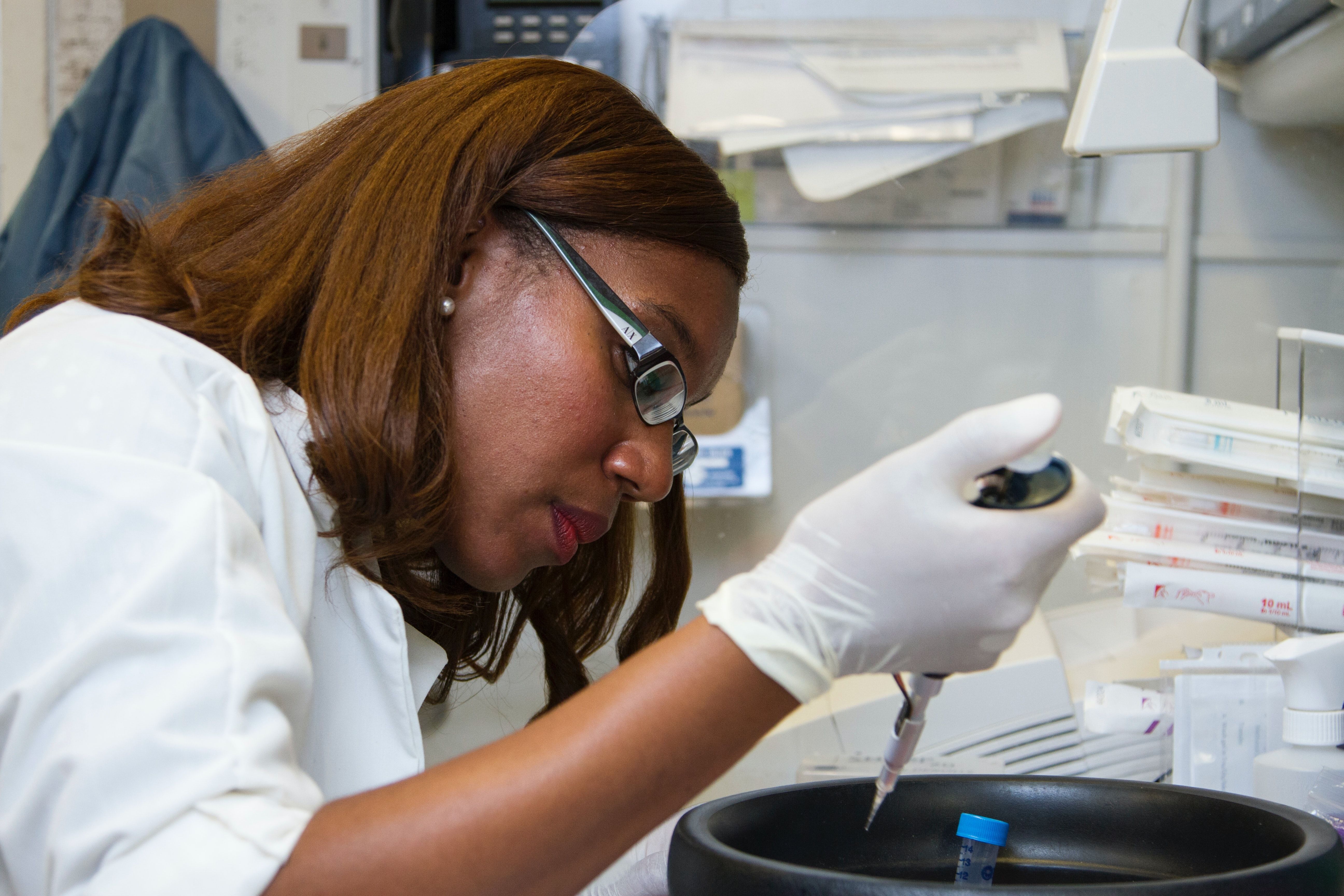The push
for a vaccine for COVID-19 is at its strongest, but we are far from there, when
it comes to getting a vaccine produced and released.
USA
Today explains the
clock for the countdown begins at midnight, which represents the start of the
pandemic, and ends at noon, when the vaccine will be available for Americans.
Experts say that we are now at 5:00 a.m. for July.
"These
first steps simply mean that we haven't fallen at the first hurdle,"
Dr. Kelly Moore, associate director of immunization education with the Immunization
Action Coalition said. "That doesn't change the number of hurdles
ahead."
USA
Today has created
a panel of experts in medicine, virology, immunology, logistics, and supply
chain issues to estimate how close we are to obtaining a vaccine.
The
panelist agreed that in June, we were one third of the way. This month has
caused a diverse response from panelists, whose estimates range from 1:00 a.m.
to 8:00 a.m. on the countdown clock. After a dozen responses, the midpoint was
about 5:00 a.m. for the month of July.
"A lot has to go right," Paul Offit, director of the Vaccine Education Center at Children's Hospital in Philadelphia, said. "You have this enigmatic, difficult-to-characterize, elusive virus that you're trying to defeat. Let's assume the surprises we've had so far are not the end of surprises—it's not unreasonable to assume there will be more surprises down the road."

Eight
months ago, the virus emerged and has killed over 617,000 people worldwide.
Billons of American tax dollars are going towards creating vaccines. Nearly $2
billion was given to Pfizer on Wednesday to aid the creation of a vaccine for
Americans. Other countries, such as China, are working on vaccines and testing
their creations on soldiers.
Sadly, data on whether or not
the candidate vaccine protects against the virus will not be shown until Phase 3,
scheduled to start this month, with returning results this fall.
"I'm very impressed that a
Phase 3 trial will be started in the United States in late July. That's a lot
faster than I had anticipated, based on how long it has taken in the past to
get to Phase 3 trials," Pamela Bjorkman, a structural biologist
at California Institute of Technology, said.
An important step in the
process is finding enough volunteers. Each vaccine must be tested on at least
15,000 people, while another 15,000 get a placebo. Luckily, more than 138,600
Americans have signed up to volunteer.
For a vaccine to gain approval,
it must be at least 50 percent more effective than the placebo. The FDA might
face pressure to lower the standards to ensure a vaccine by the end of the
year, as President Donald Trump promised.
A great deal of work and
dedication goes into the creation of a vaccine. All we can do now is to hope
for a vaccine to work so that we can get back to our "normal" lives. However,
even with a vaccine, life may not go back to the way things were before, but
change isn't always a bad thing. As experts race against the clock to provide a
vaccine, they remain optimistic, and so should we.

